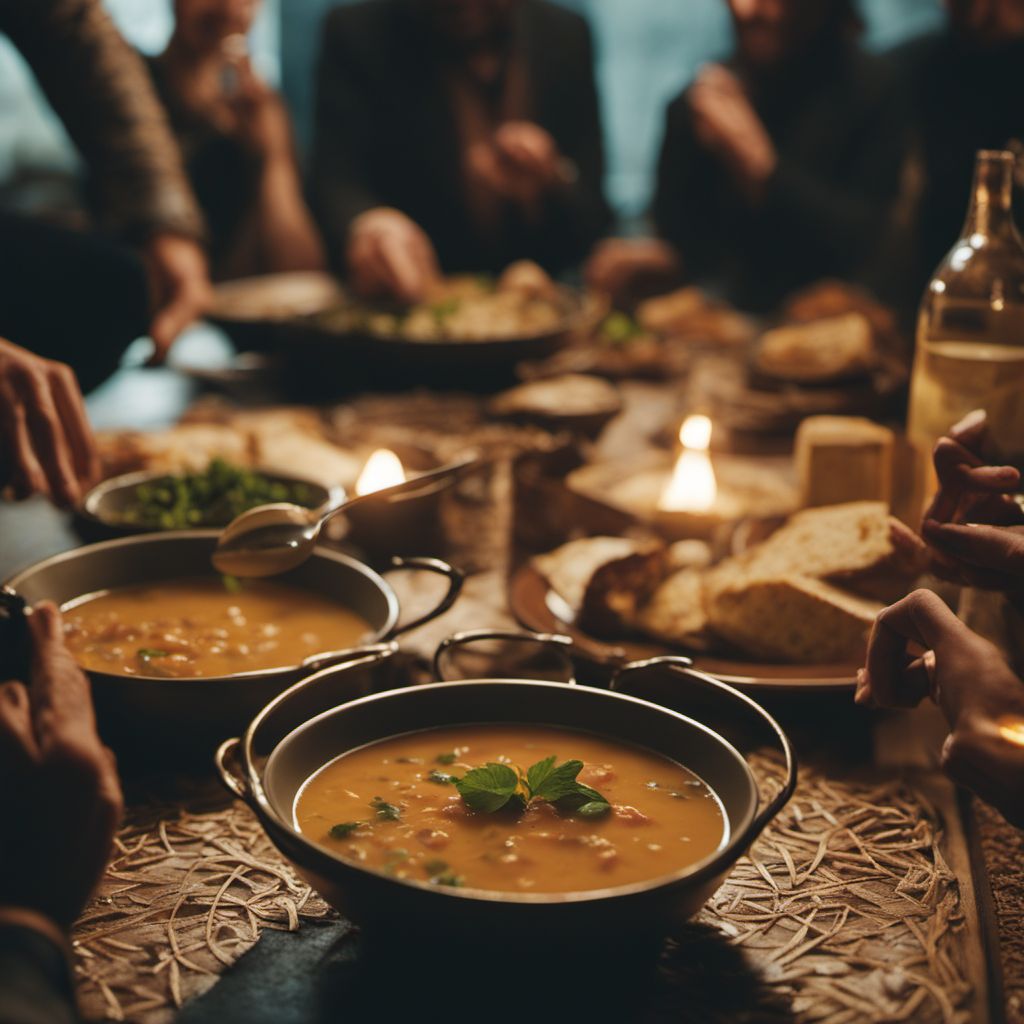
Dish
Minestra dei morti
Soup of the dead
Minestra dei morti is made with a variety of beans, vegetables, and pasta. The soup is typically simmered with a ham bone or other smoked meat to add flavor. This soup is high in protein and fiber, making it a filling and nutritious meal. It is also gluten-free if made with gluten-free pasta.
Origins and history
Minestra dei morti originated in the Emilia-Romagna region of Italy and is a traditional dish during the All Souls' Day holiday. It is believed to have originated as a way to use up leftover beans and vegetables.
Dietary considerations
Gluten-free options are available by using gluten-free pasta. Vegetarians can omit the ham bone or substitute it with smoked tofu or tempeh.
Variations
Variations of minestra dei morti can include different types of beans or vegetables depending on personal preference. Some versions may also include meatballs or sausage.
Presentation and garnishing
Minestra dei morti is typically served in a large soup bowl with a sprinkle of grated Parmesan cheese and a drizzle of olive oil.
Tips & Tricks
To save time, use canned beans and frozen vegetables. The soup can also be made in advance and reheated before serving.
Side-dishes
Crusty bread and grated Parmesan cheese are common side dishes for minestra dei morti.
Drink pairings
A full-bodied red wine such as Chianti or Sangiovese pairs well with this soup.
Delicious Minestra dei morti recipes
More dishes from this category... Browse all »

Abenkwan
Ghanaian cuisine
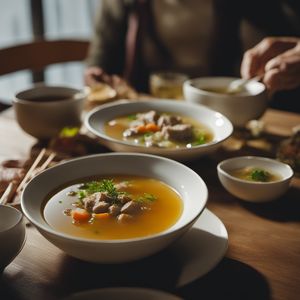
Aberaeron Broth
Welsh cuisine
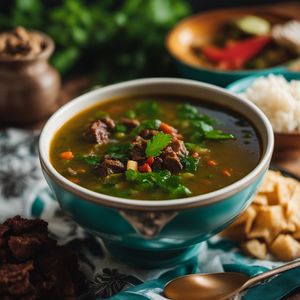
Afang Soup
Nigerian cuisine
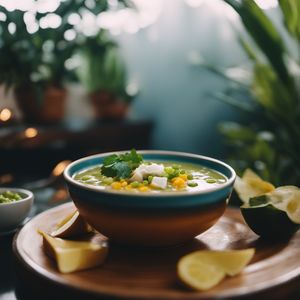
Ajiaco
Colombian cuisine
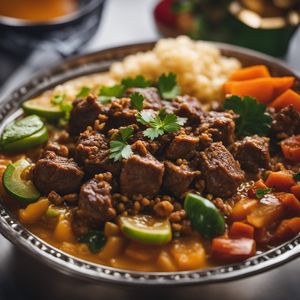
Al-rashoof
Emirati cuisine
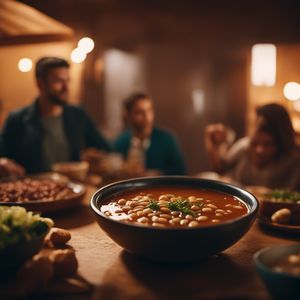
Aleluja
Russian cuisine

Alu tama
Nepalese cuisine
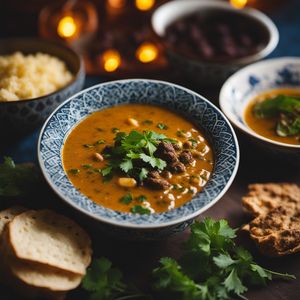
Ash reshteh
Iranian cuisine
More cuisines from this region... Browse all »
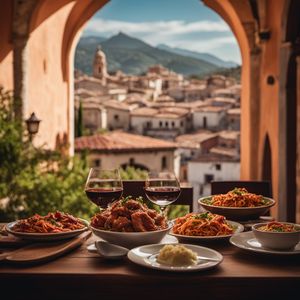
Abruzzese and Molisan cuisine
Savory, Earthy, Rustic, Hearty
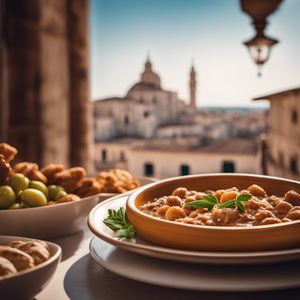
Apulian cuisine
Fresh, Savory, Rustic, Simple
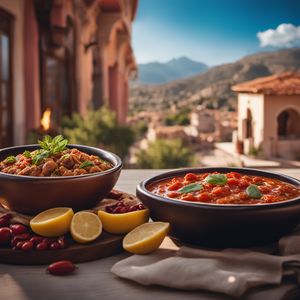
Arbëreshë cuisine
Savory, Tangy, Herbaceous, Spicy

Basilicatan (Lucanian) cuisine
Savory, Earthy, Rustic, Hearty
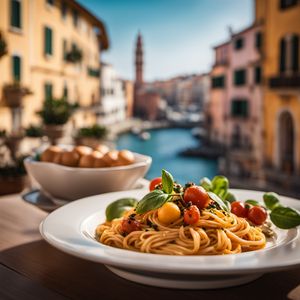
Ligurian cuisine
Light, Delicate, Herbaceous, Salty

Lombard cuisine
Rich, Savory, Meaty, Cheesy
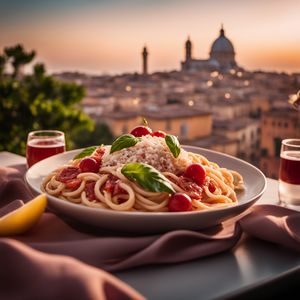
Neapolitan cuisine
Bold, Savory, Spicy, Tangy, Fresh
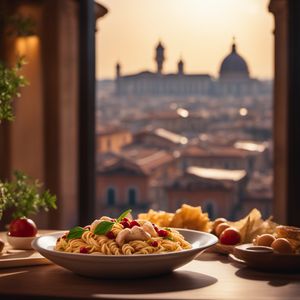
Roman cuisine
Fresh, Light, Herbaceous, Tangy, Savory

